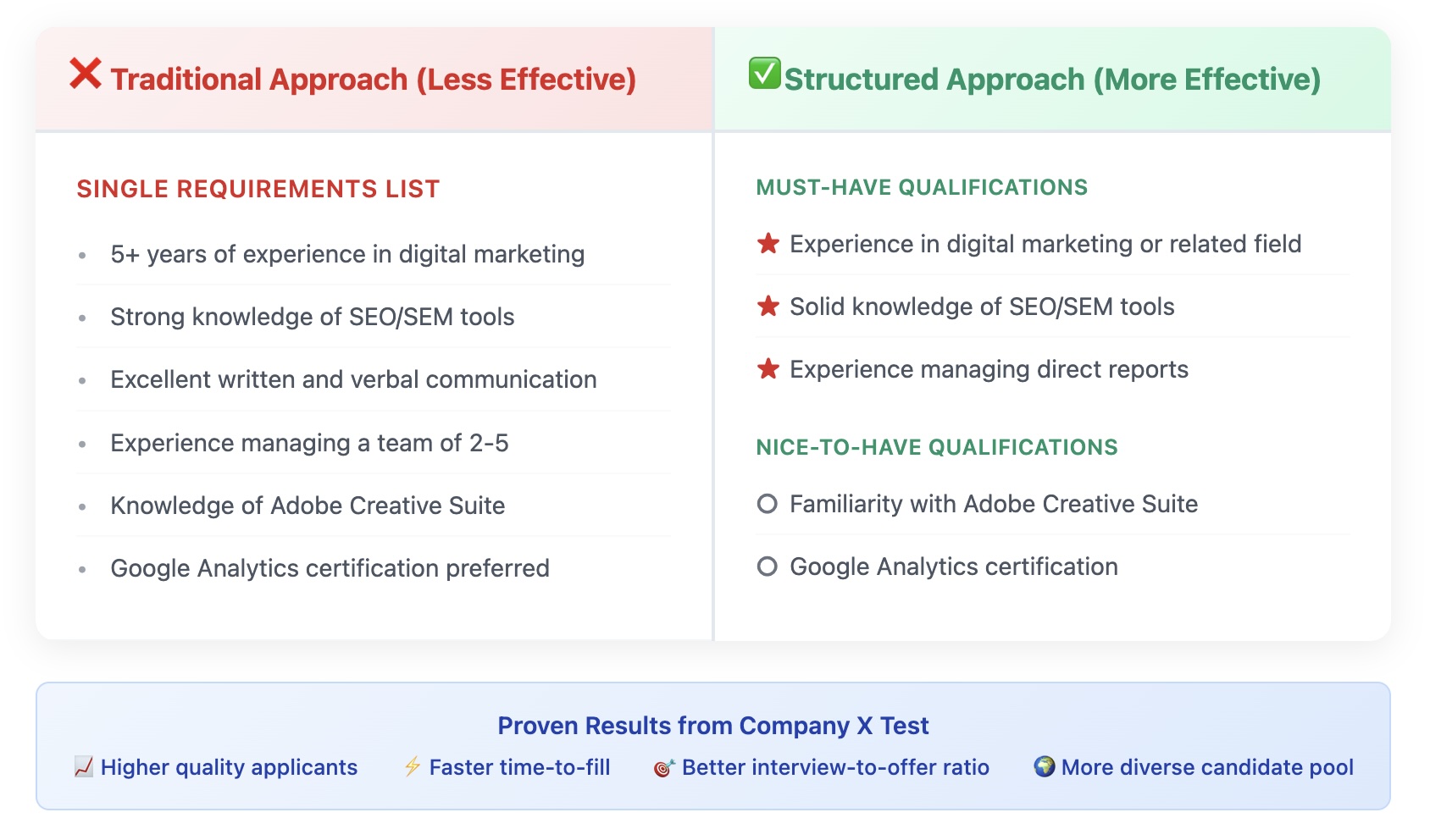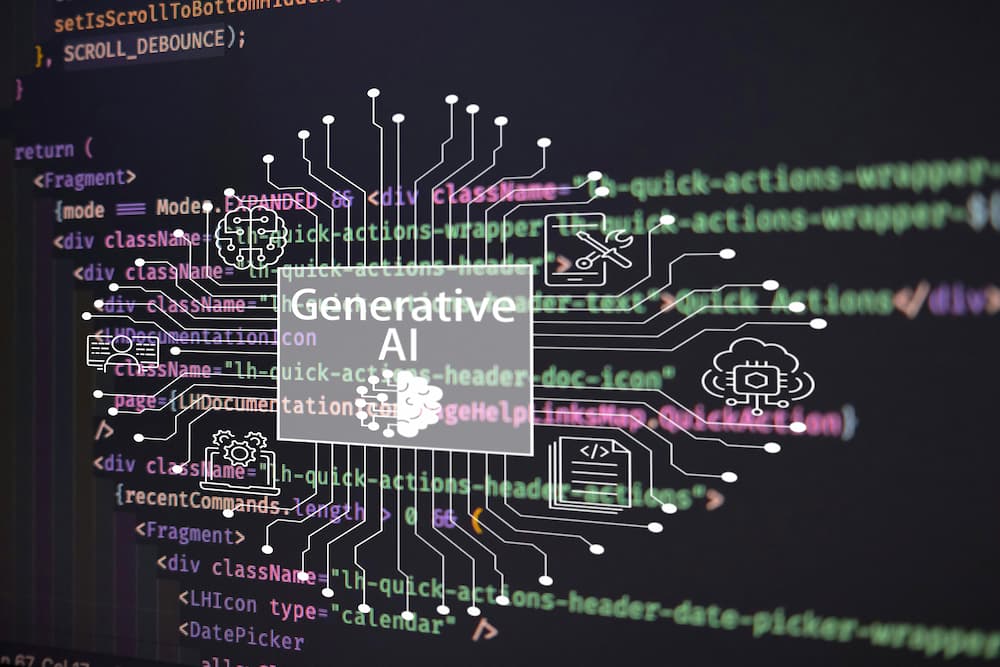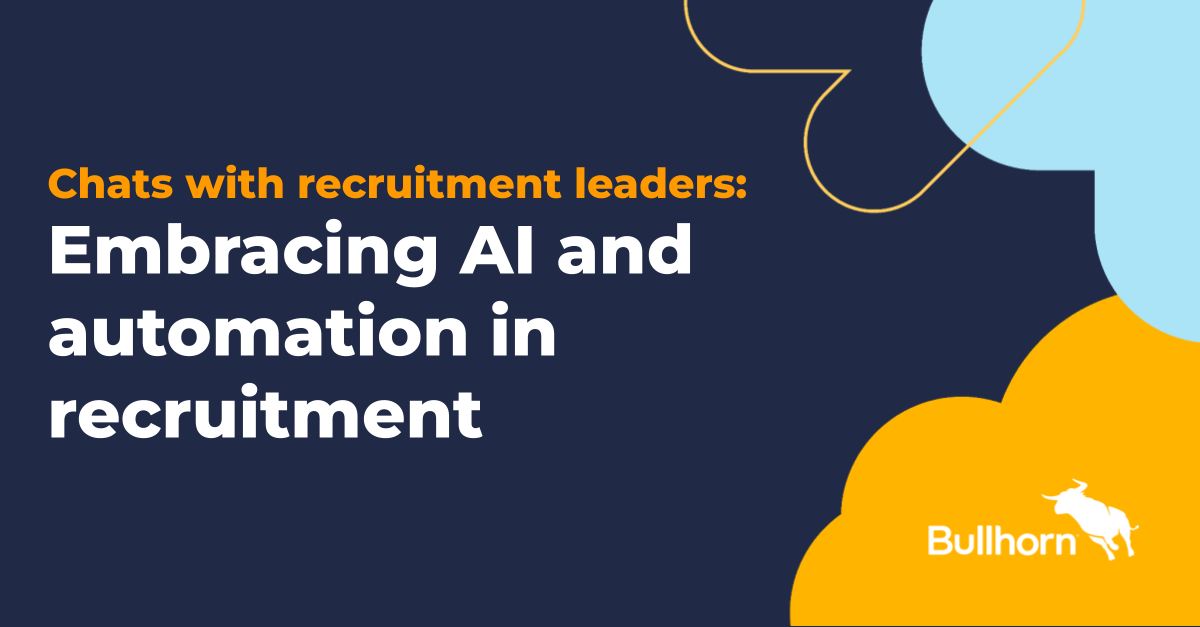Traditionally, recruiters manually sift through hundreds or thousands of resumes, a time-consuming process prone to human error and inconsistency. With AI resume screening, resumes are ingested in bulk, parsed instantly, and ranked objectively. This shift accelerates the initial review phase and ensures that every candidate is evaluated against the same criteria.
Core components of AI resume screening include NLP engines that tokenise text and identify entities, supervised learning models trained on historical hiring data, and customisable rule-based systems for compliance and screening thresholds. Together, these elements deliver a scalable solution that adapts to evolving job requirements and organisational policies.
The typical workflow begins when a recruiter uploads a job description into an AI resume screening platform. Resumes are parsed, relevant data points are extracted, and each applicant receives a relevance score. Top-ranked candidates are passed to an ATS or HRIS for further actions such as interview scheduling or automated communications.
Use cases for AI resume screening span high-volume hiring drives, diversity and inclusion initiatives, remote and global recruitment, and seasonal or event-based recruitment. By standardising and speeding up the screening process, organisations can improve quality of hire, reduce time-to-fill, and enhance the overall candidate experience.











